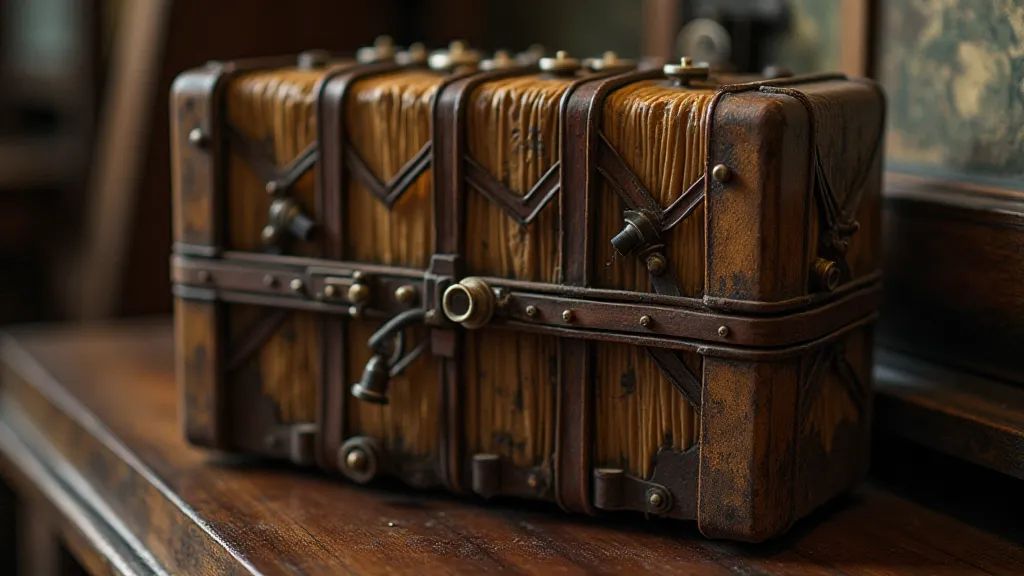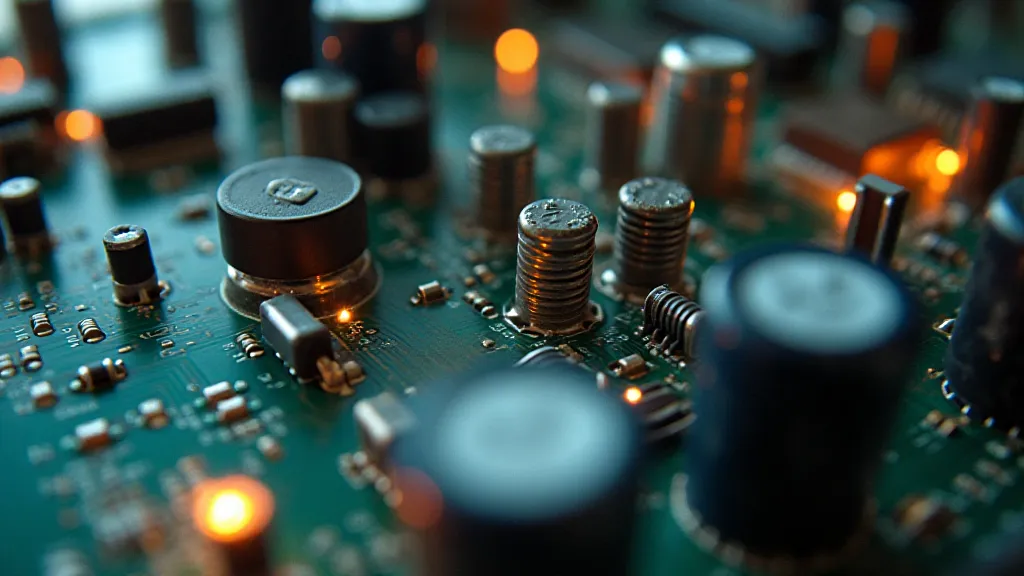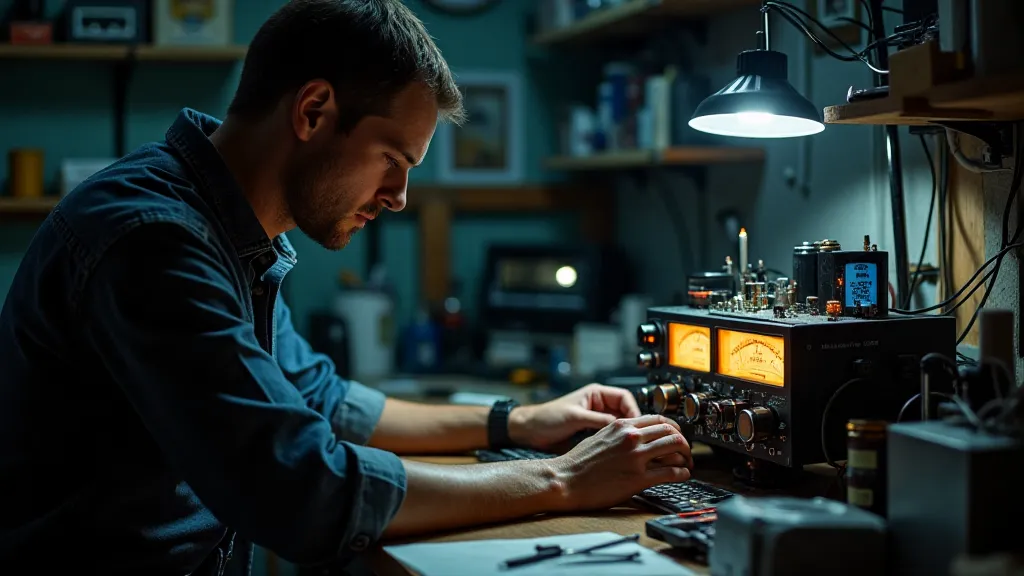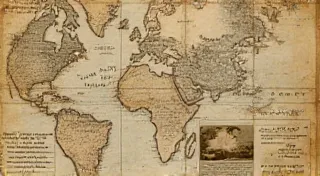The Echo of Innovation: Adapting Open-Source Transceiver Designs
There’s a quiet poetry to the sounds of a well-loved accordion. Not the boisterous, polka-driven blasts of a street performer, but the subtle wheeze of aging bellows, the resonant hum of reeds vibrating in response to a gentle touch. It's a sound that carries history, a sonic echo of generations past who crafted these intricate machines with their own hands. Building a ham radio transceiver, especially from open-source designs, evokes a similar feeling - a connection to the ingenuity and craftsmanship of those who came before, a tangible link to the pioneers of radio communication.
The accordion, at its core, is a beautifully engineered system – air pressure, reeds, and a meticulously balanced mechanism working in concert to produce sound. Consider the dedication required to hand-tune each reed, ensuring a harmonious blend. Similarly, the open-source ham radio community thrives on a spirit of meticulous attention to detail. The designs we adapt and improve are built upon the collective knowledge of countless individuals, each contributing their expertise to create something extraordinary. This isn’s just about electronics; it's about a mindset – a commitment to understanding how things work and striving to make them better.

The Rise of Open-Source Hardware
For decades, the barrier to entry for amateur radio was significant. Building a transceiver meant complex schematics, sourcing obscure components, and a deep understanding of radio theory. While still requiring dedication, the open-source movement has democratized access to this fascinating hobby. Projects like the "SDR Transceiver" and numerous variations on the "QRP Labs" designs offer a foundation, a starting point for experimentation and modification. These aren't just blueprints; they’re invitations to learn, to adapt, and to contribute.
The philosophy behind open-source hardware aligns beautifully with the traditions of early radio experimentation. Imagine the pioneers, huddled around their rudimentary equipment, tweaking and adjusting, sharing their findings through ham radio bulletins. They weren’t driven by profit; they were fueled by a shared passion for communication and a desire to push the boundaries of what was possible. Open-source hardware embodies that same ethos – a collaborative effort to advance technology for the common good.
Understanding the Foundation: Modifying Existing Designs
The initial designs, brilliant as they are, are rarely perfect for every application. Perhaps you live in an area with unusual interference and need to optimize your filtering. Maybe you want to adapt the design to operate on a different frequency band, or incorporate a particular feature like a digital voice decoder. This is where the real learning begins – the process of understanding the underlying principles and adapting them to your specific needs.
Modifications can range from simple component changes to more significant architectural alterations. Before embarking on a major overhaul, it’s crucial to thoroughly understand the existing design. Trace the signal path, analyze the circuit performance, and identify potential bottlenecks. Don's be afraid to ask questions within the online ham radio community – there's a wealth of knowledge and experience readily available.
Consider the accordion again. A skilled restorer doesn’s just replace worn parts; they understand the nuances of the instrument's mechanics. They recognize that subtle adjustments – tightening a screw, lubricating a bellows fold – can dramatically improve its performance. Similarly, adapting a transceiver requires more than just following instructions; it demands a deep appreciation for the interplay of its components.
Common Modification Areas & Challenges
Several areas consistently lend themselves to modification. Power amplifier design is a common target, as increasing transmit power often comes with trade-offs in efficiency and complexity. Filtering, as mentioned earlier, is crucial for minimizing interference and maintaining signal clarity. Sensitivity improvements can be achieved through careful amplifier design and front-end optimization.
However, modifications aren’t without their challenges. Unintended consequences are a constant risk. Changing a single component can affect the performance of other parts of the circuit in unexpected ways. Careful measurement and analysis are essential for identifying and correcting these issues. And, of course, there's the constant need to balance performance improvements with practicality and cost-effectiveness.

Beyond the Circuit: Aesthetic Considerations & Craftsmanship
While the technical aspects are paramount, don’t neglect the aesthetic considerations. Building a transceiver isn’t just about creating a functional piece of equipment; it’s about creating something beautiful, something you can be proud to display. A well-organized enclosure, neatly routed wiring, and carefully labeled components elevate the build from a mere project to a work of art.
This echoes the craftsmanship evident in antique accordions. The quality of the wood, the precision of the bellows folds, the artistry of the decorative trim – all contribute to the instrument’s overall appeal. The same attention to detail can transform a ham radio transceiver into a truly special creation.
The Rewards of Adaptation
Adapting open-source transceiver designs offers a unique blend of technical challenge, creative expression, and a connection to a rich history. It's an opportunity to learn, to experiment, and to contribute to a vibrant community of enthusiasts. The "echo of innovation" resonates not only from the early pioneers of radio but also from the countless individuals who continue to push the boundaries of what’s possible.
The satisfaction of building something with your own hands, of understanding how it works, and of adapting it to meet your specific needs is a reward in itself. And when you hear that clear signal coming through, a direct result of your own ingenuity, you’ll know that you’ve become a part of that ongoing legacy – a testament to the enduring power of human creativity and the timeless appeal of radio communication.






